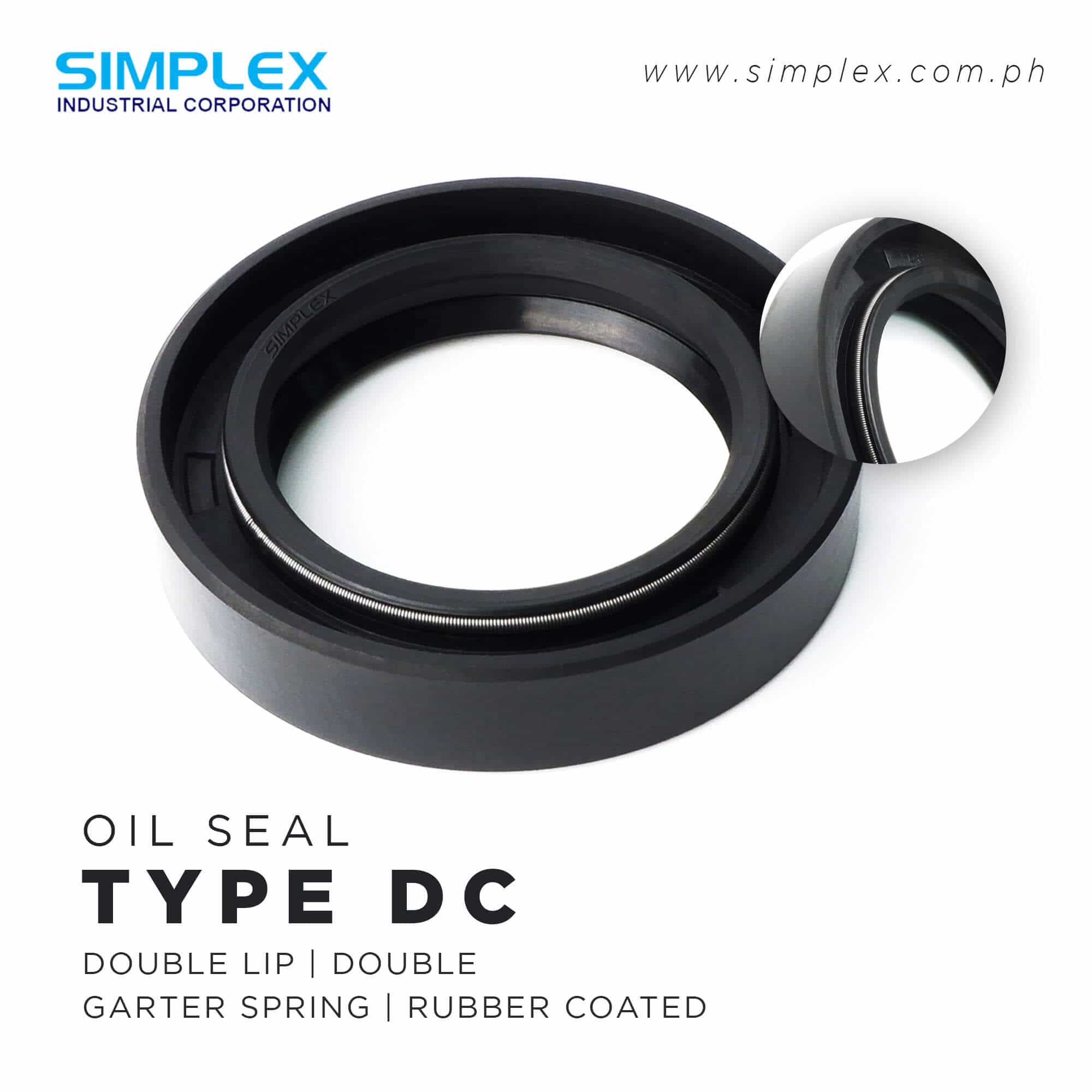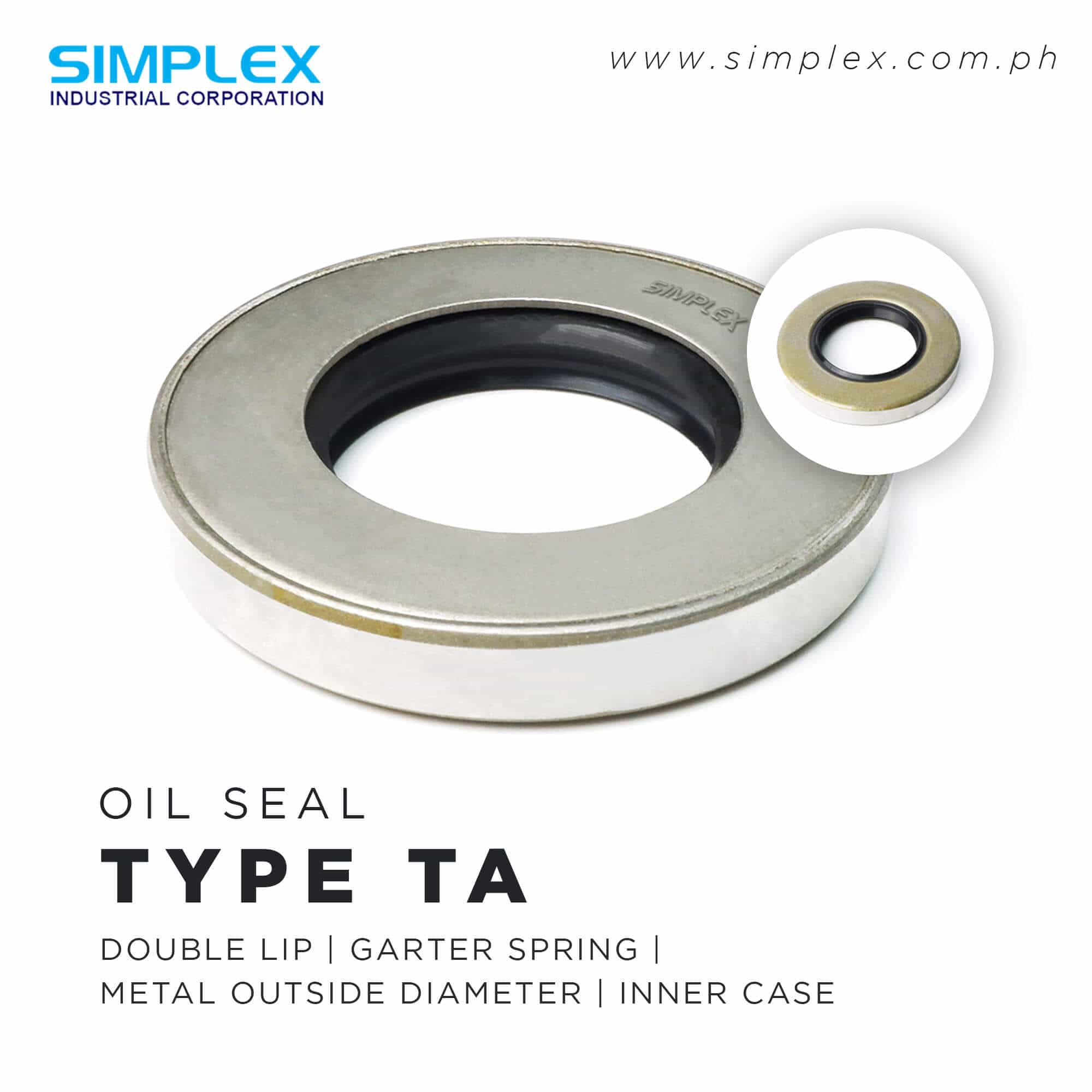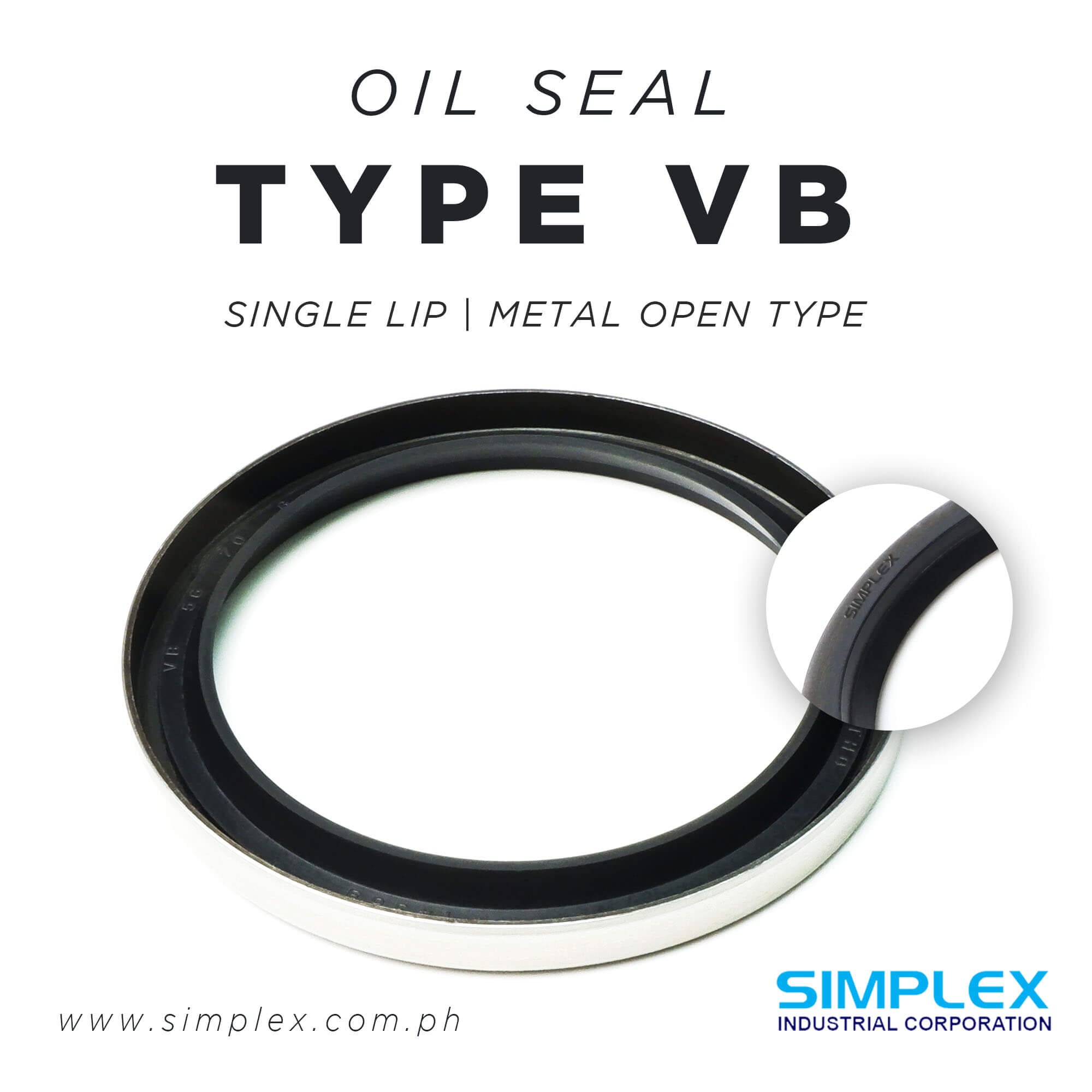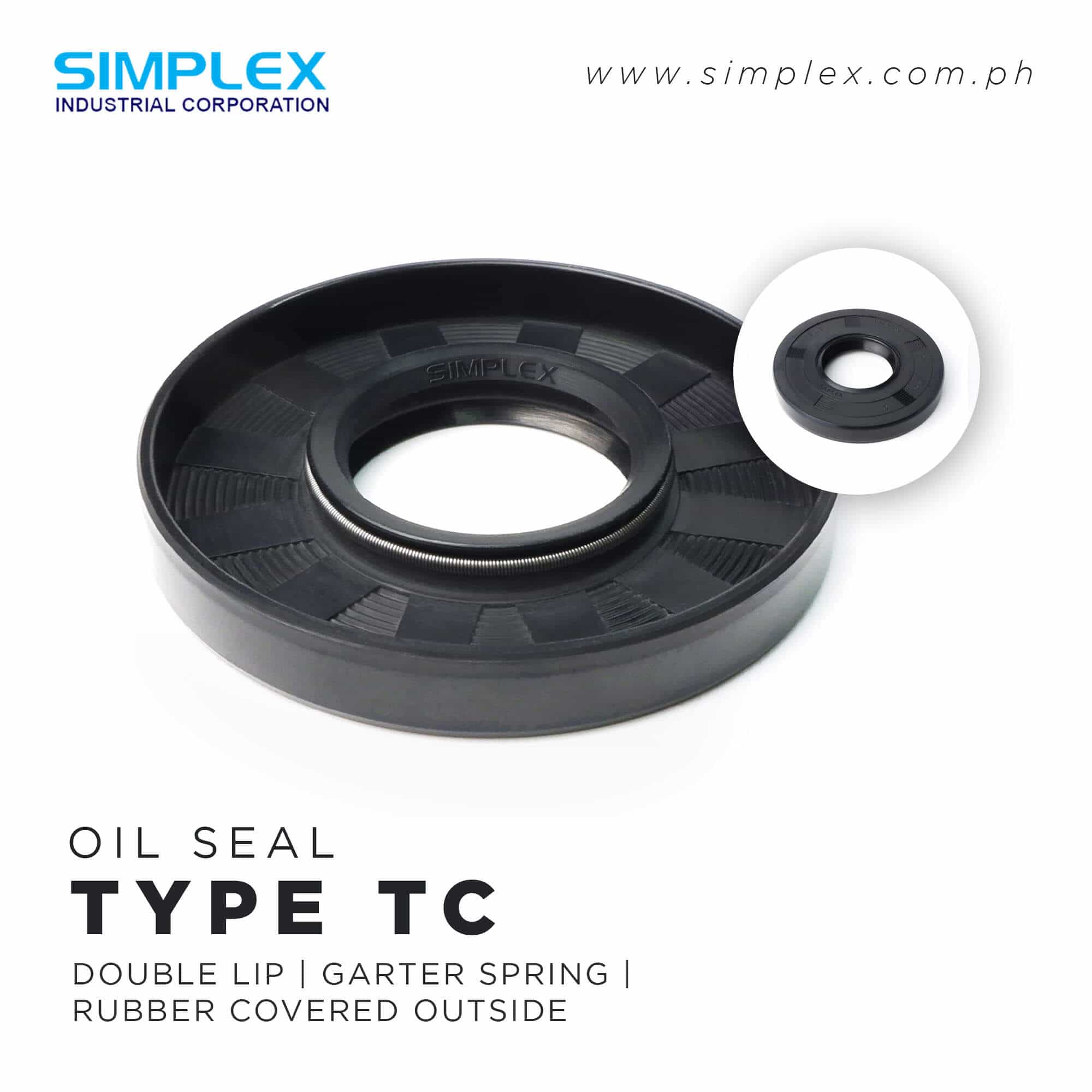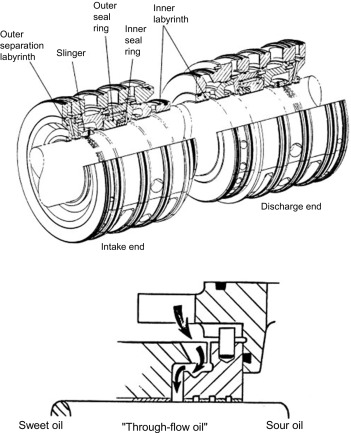OUR BRANDS
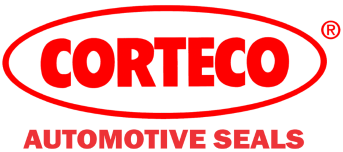


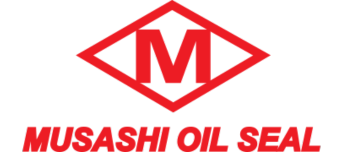






OIL SEAL
An oil seal is used to protect shaft and bearings from ingress of dirt and foreign matter and egress of oil or grease. An oil seal consists of an outer circular metal part and inner flexible rubber that does the actual sealing and is bonded together by chemical adhesive agents. The sealing rubber can be made from various materials depending on pressure and sealing requirements to prevent shaft leakage.
Material Chart for Oil Seals
Oil Seals are also known as a Rotary Shaft Seal, shaft seal, lip seal, elastomeric lip seal or any variation of these. It is a simple device for excluding dust, dirt, water or any other contaminant whilst retaining lubricant in rotary shaft equipment. Generally, it has been developed as a means of protecting the bearings of rotating shafts.
TYPE TC
Double lip with a garter spring, rubber covered outside diameter to improved outside diameter sealing ability.
TYPE TA
Double lip with a garter spring, metal outside diameter with an inner case.
TYPE SC
Single lip with a garter spring, rubber covered outside diameter to improved outside diameter sealing ability.
TYPE TCN
Double lip with a garter spring, close type, half metal and half rubber
TYPE SA
Single lip with a garter spring, metal outside diameter with an inner case.
TYPE KC
Double lip without a garter spring, rubber covered outside diameter to improve sealing ability.
TYPE DC
Double lip with a double garter spring, rubber covered outside diameter to improve sealing ability.
TYPE VB
Single lip without a garter spring, rubber covered outside diameter with ground surface and front chamfer
TYPE VC
Single lip without a double garter spring, rubber covered outside diameter to improve sealing ability.
TYPE TB
Double lip with a garter spring, metal outside diameter with ground surface and front chamfer.
TYPE DB
Double lip with a double garter spring, metal case outside diameter.
Aflas® (TFE/P)
created from an exceptional Fluoroelastomer (FKM), which is resistant to steam, petroleum oils, amine corrosion inhibitors, and hydrogen sulphide.
Carboxylated Nitrile (XNBR)
created from a low-temperature tolerant compound, also has an excellent abrasion resistance.
Viton® (Fluoropolymer FKM)
distinguish a great resistance to solvents and petroleum oils. They are, therefore, great for high-temperature installations and have present low compression set attributes. Additionally, they are adapted for use with large chemical exposure and hard vacuum applications.
Fluorinated Ethylene – Propylene (FEP)
are an excellent option for static and slow intermittent dynamic applications. FEP is interfered by a poor memory at low temperatures. FEP is, however, very tough, a chemically inert polymer that has a spectacular working scope.
Fluorosilicone (FVMQ)
incorporate a good low and high-temperature persistence of Silicone (VMQ) and Fluorocarbon’s resistance to solvents, oil, and fuel. It also presents great resistance to gasoline and petroleum oils.
Hydrogenated Nitrile (HNBR) or Highly Saturated Nitrile (HSN)
present superior sour gas and petroleum oils resistance. Due to an extensive temperature range of Highly Saturated Nitrile, it happens to be most preferable material in Oil Industries.
Nitrile (NBR) Buna-N & Low-Temp
currently the most extensively used elastomer in the Fluid Seal Industry. Furthermore, Nitrile oil seals incorporate exquisite reluctance to hydraulic oils, water, silicone greases, petroleum-based oils and fluids, and alcohols. Nitrile presents great stability of working attributes such as high tensile strength, high abrasion resistance, and low compression set combined with low cost.
Polyacrylate (ACM)
have superior high-temperature resistance than that of Nitrile. Therefore, they are ideal for high surface speed oil applications.
Polyurethane (AU)
used in high-stress hydraulic applications, in which highly pressured compounds are exposed to wear. Polyurethane, however, presents a great high abrasion resistance qualities and high tensile strength.
Silicone (VMQ)
present a high lubricant absorbency. It minimizes wear and friction in certain applications.
Simriz® (Perfluoroelastomer FFKM)
are created of an elastomer, which has the widest chemical resistance our of all elastomer materials. They incorporate all the elasticity and sealing strength of an elastomer and chemical resistance similar to that of FEP (Fluorinated Ethylene Propylene).
Recommended Products
Submit your review | |


